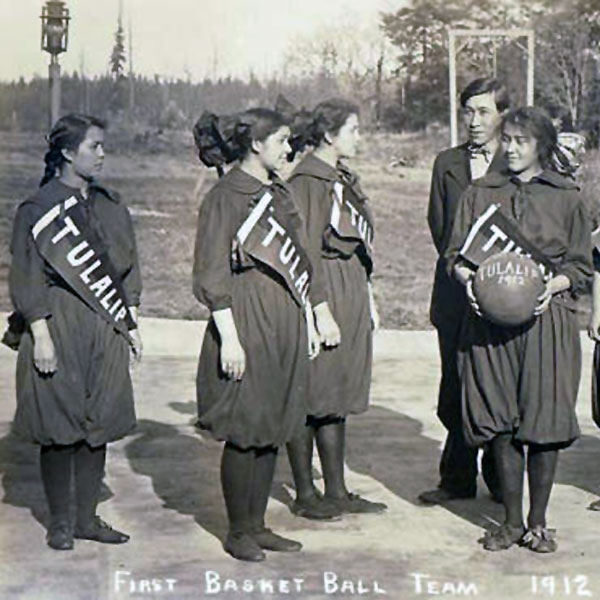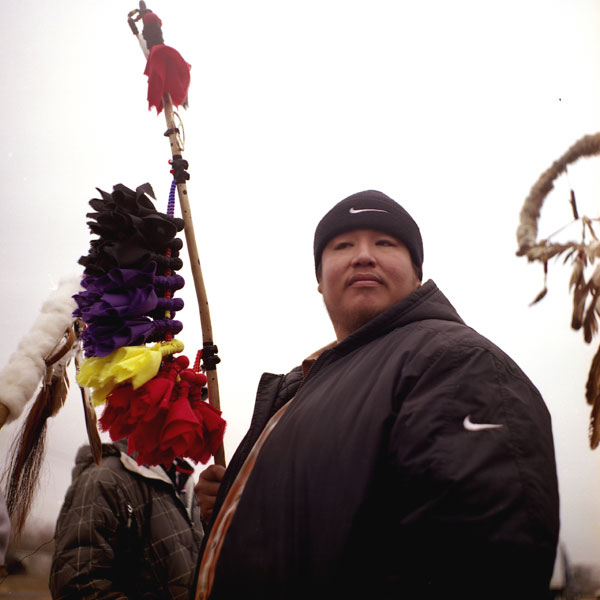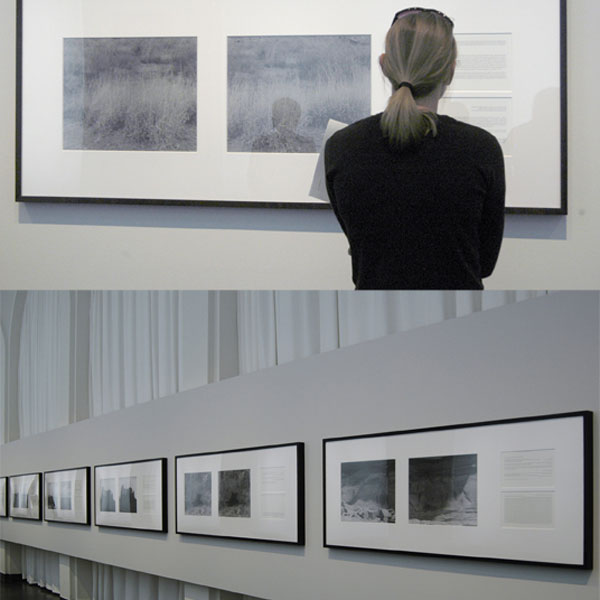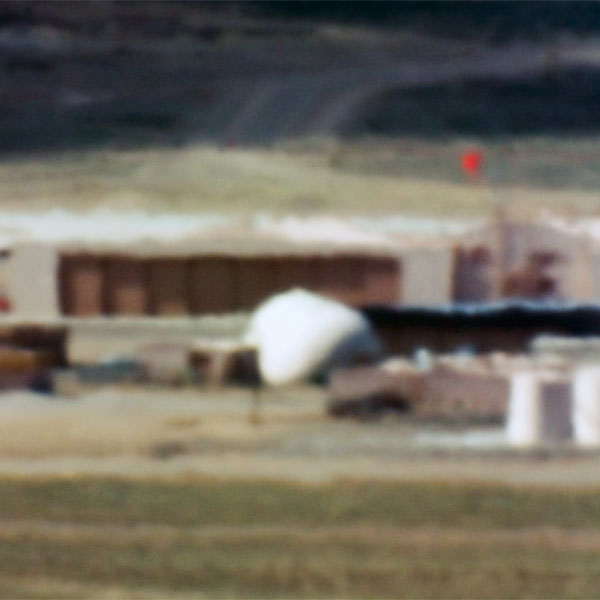| THEME#6 >>> LAND / INDIGENOUS EPISTEMOLOGIES, LAND CLAIMS & TREATY RIGHTS | Themes Home |

A Century of Genocide in the Americas: The Residential School Experience / Rosemary Gibbons and Dax Thomas - Boarding School Healing Project
A Century of Genocide in the Americas: The Residential School Experience is a short but powerful documentary about how Indian Residential Schools became a haven for institutionalized sexual abuse. The inspiration for the film comes from the First Nations survivors who have taken legal action against the institutions that perpetuated this destructive cycle; these are the very same institutions whose purpose and mandate was to "provide" for their well being. This video takes a historical look at how the systematic removal of First Nations children from their families and community not only made the them easy targets for pedophiles but also how these vile acts turned many of the victims into predators. The second half shows First Nations peoples taking legal action against not only the pedophiles, but also against the Canadian government and churches while at the same time using their traditional ways of healing in order to bring back joy and balance back within their own lives and also within their communities.

Dakota Commemorative March / Waziyatawin Angela Wilson and David Miller
Lower Sioux Agency to Fort Snelling
November 7-13, 2006On November 7, 2006, as in both 2002 and 2004, Dakota people from the United States and Canada begsn a 150-mile long Commemorative March through southern Minnesota in honor of their ancestors who were forcibly removed from the Lower Sioux Agency to concentration camps at Mankato and Fort Snelling in November of 1862. For the Dakota this commemoration signifies an opportunity to remember and grieve for the suffering endured by their ancestors as well as to relate a perspective of the event which has rarely been told.
On November 7, 1862, a group of about 1,700 Dakota, primarily women, children and elderly, were force-marched in a four-mile long procession from the Lower Sioux Agency to a concentration camp at Fort Snelling. Two days later, after being tried and convicted, over 300 condemned men who were awaiting news of their execution were placed in wagons while they were shackled and then transported to a concentration camp in Mankato, Minnesota.
After 38 of the condemned men were hanged the day after Christmas in 1862 in what remains the largest mass hanging in United States history, the other prisoners continued to suffer in the concentration camps through the winter of 1862-63. In late April of 1863 the remaining condemned men, along with the survivors of the Fort Snelling concentration camp, were forcibly removed from their beloved homeland in May of 1863. They were placed on boats which transported the men from Mankato to Davenport, Iowa where they were imprisoned for an additional three years. Those from Fort Snelling were shipped down the Mississippi River to St. Louis and then up the Missouri River to the Crow Creek Reservation in South Dakota.

Geyer's Spiral Lands is a work of photographic and textual historiography that investigates the longest struggle for social justice in North America today - the dispossession of lands from American Indians by colonization, governmentality, capitalist development, and flat out force and violence. These claims for spatial justice are deeply temporal - legislation from Europe around the ?Doctrine of Discovery" and ?the Rights of Conquest" were written in 1493 and law suits initiated by native groups to uphold treaty rights and gain land claims have spanned most of the 20th century to today - and Spiral Lands sculpts a complex understanding of the dynamic of history, place, ownership, capitalism, vision and photography to explore how North America is literally a contested zone that has yet to reconcile its own history and its heroic narratives of conquest as a capitalist myth of origins. Foraging through the archive of colonial proclamations, treaties, manifestos from the American Indian Movement (AIM), anthropological texts, personal histories, corporate reports, travelogues, and oral histories, Geyer shows this relationship of land and ownership, of space and history, to be the very condition of the global present rather than a repressed history that can be brought into view by adding it to existing historical narratives. The landscape photographs of contested sites of Native lands challenge the historical scopic regimes of North American landscape photography and counter a photography of a spirit of place (genius loci) with the representation of place as process that is dynamically historical, intensely present, and visually uncanny. The heart of this work is a radical beauty of a cultural politics based not on cultural recognition and liberalism, but on social justice.
- Jeff Derksen

Secret Military Landscapes and the Pentagon's "Black World" / Trevor Paglen
Amid the dry lakes and dirt roads of southern Nevada lurks the largest restricted military area in the western world. There are top-secret weapons programs, bombing ranges, war games battlegrounds, nuclear weapons testing sites, and numerous installations, bases, and other infrastructures. This landscape, the size of Switzerland, is home to secret bases at Tonopah and Groom Lake, and the nuclear explosions of the Nevada Test Site. It is also the traditional home of several peoples. In some ways, the competing histories of Nevada serve as a microcosm for the history of the American West itself. Ebullient stories of western expansion stand in contrast to stories of massacred Native Americans. The furor and riches of the gold rush stand in contrast to the decimated and poisoned land that mining has left in its wake, and the rise of American power during the Cold War stands in contrast to the thousands of people killed by exposure to nuclear weapons downwind of the test sites. But many of these stories of bloodshed and dispossession are as obscure as the classified weapons and bases lurking beyond the restricted borders of the Nevada's military landscapes.
To this day, the Western Shoshone maintain that they have legal sovereignty over the land. They have never accepted payment from the U.S. for the land, claming that their territory is not for sale and never was. The United States cannot produce a document demonstrating their legal rights over the land, but have instead argued that the land belongs to them through a vague process of "gradual encroachment." In the Western Shoshone's ongoing fight for recognition, Raymond Yowell, former Chief of the Western Shoshone National Council, has countered the claim, saying that "if gradual encroachment is the law of the land, then we have encroached back." Yowell explains that to the Native Americans, this landscape is a sacred place and the traditional home of an embattled culture. But with regards to weapons-testing on Shoshone territory, Yowell states that Newe Sogobia is now "the most-bombed nation in the world."
| THEME#6 >>> LAND / INDIGENOUS EPISTEMOLOGIES, LAND CLAIMS & TREATY RIGHTS | Home |